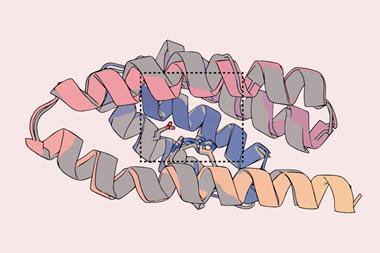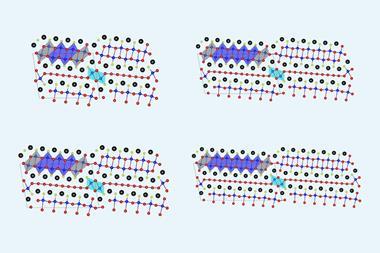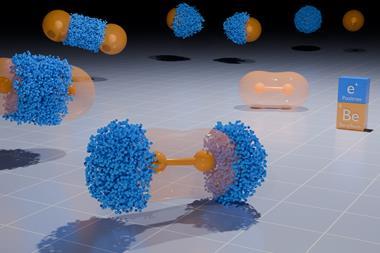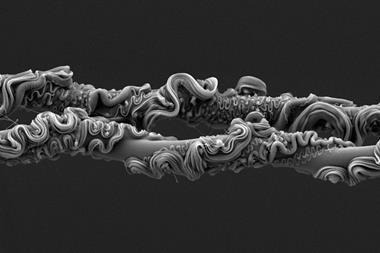Theoretical framework accounts for unexpected properties of the late actinides (plutonium, americium and curium)
The elements around the middle of the actinides series, including plutonium americium and curium, are known for
their unusual properties which are not easily predicted by traditional theories of orbitals and electron occupancy. Now, researchers at Rutgers University, New Jersey, US, have developed a theory suggesting that quantum mechanical superposition between different states may be to blame.
Their theory correctly predicts the magnetic properties of these elements and could also be applied to even heavier elements that are only synthesized in minute quantities.
Plutonium is a particular difficult case, sitting on the fence between the early actinides which in some respects behave like transition metals, and the late actinides which are more like rare earth metals. Unable to make up its mind, solid plutonium displays six different phases, more than any other element. So far, all attempts to explain these phenomena with calculations based on the fundamental principles of atomic physics have failed to deliver correct predictions, most notably for the magnetic properties of the solids.
Kristjan Haule’s team at Rutgers has now combined a well-established method known as the dynamic mean field theory (DMFT) with a range of computational tools and approximations. Their findings lead the researchers to suggest that the electrons in the outermost 5f shell of certain plutonium phases exist in a quantum mechanical superposition of two states, one localized at a specific atom, the other displaced and mobile like the electrons responsible for conductivity in metals.
Unlike previous theories, the new approach correctly predicts that curium is paramagnetic, while americium and the metallic phases of plutonium are not.
Robert Eichler, an experimentalist and heavy-element researcher at the Paul Scherrer Institute in Villigen, Switzerland says that the method could prove useful beyond curium. ’The development of such theoretical assessments will certainly improve the understanding of the solid state of known elements and the predictions of thermochemical properties of new, even heavier elements,’ he told Chemistry World.
Michael Gross
References
J H Shim, K Haule and G Kotliar, Nature, 446, 513
R C Albers and J-X Zhu, Nature, 446, 504






No comments yet